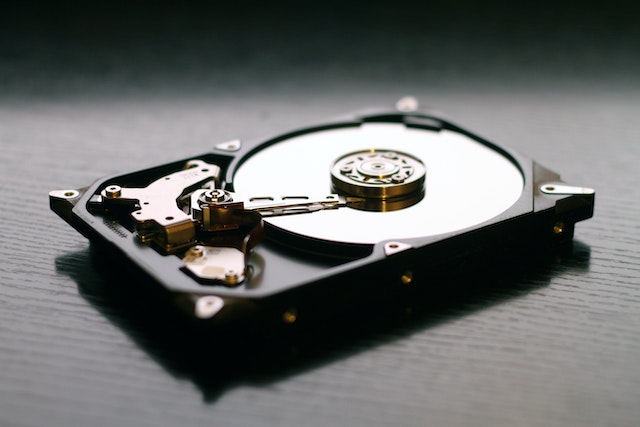When it comes to hard drives, it’s important to know which drive is which, especially if you have multiple hard drives in your computer. Knowing how to differentiate between your hard drives can help you identify which drive is malfunctioning, which one you need to upgrade, and which one you need to format or erase. Here are some methods you can use to tell which hard drive is which:

- Physical Labels The easiest way to tell which hard drive is which is by checking the physical labels on the drive. Most hard drives have a label on the top or side of the drive that lists the model number, capacity, and other details. If you have multiple hard drives installed in your computer, you can open the computer case and look for the labels on each drive. Make sure to note down which drive is connected to which SATA port or power cable.
- Drive Letters Drive letters are used by Windows to identify each hard drive that is connected to your computer. If you open the File Explorer or Windows Explorer, you’ll see a list of drives with their corresponding drive letters. The primary hard drive is usually labeled as “C:”, but any additional hard drives will be assigned the next available letters. For example, if you have two hard drives, the second hard drive will be labeled as “D:”.
- Disk Management Disk Management is a built-in Windows tool that allows you to manage your hard drives and their partitions. To access Disk Management, press the Windows key + X and select “Disk Management”. This will display a list of all the hard drives connected to your computer, along with their volumes and file systems. You can identify each drive by its volume label, which is listed in the “Volume” column. If a drive doesn’t have a volume label, you can right-click on the drive and select “Properties” to view additional details, such as the drive size, manufacturer, and model number.
- BIOS The Basic Input/Output System (BIOS) is a firmware that is built into your computer’s motherboard. The BIOS is responsible for initializing and testing hardware components during the boot process, and it can also be used to configure your system settings. To access the BIOS, you need to restart your computer and press a specific key during the boot process. The key you need to press varies depending on your computer manufacturer, but it is usually displayed on the screen during the boot process. Once you’re in the BIOS, you can navigate to the “Drive Configuration” or “Storage” section to view a list of all the hard drives connected to your computer. You can identify each drive by its model number, which is listed next to the drive’s name.
- Command Prompt If you prefer using the command prompt, you can use the “diskpart” command to view a list of all the hard drives connected to your computer. To access the command prompt, press the Windows key + R and type “cmd” in the Run dialog box. Once the command prompt opens, type “diskpart” and press Enter. This will open the diskpart utility, which allows you to manage your hard drives and partitions. To view a list of all the hard drives, type “list disk” and press Enter. This will display a list of all the hard drives connected to your computer, along with their size and status. You can identify each drive by its size, which is listed next to the drive’s name.
In conclusion, there are several methods you can use to tell which hard drive is which. Physical labels, drive letters, Disk Management, BIOS, and the command prompt are all useful tools that can help you identify your hard drives. By knowing how to differentiate between your hard drives, you can easily manage and maintain your computer’s storage system.
